Hawk-Eye:
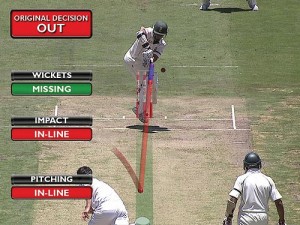
Hawk-Eye is a complex computer system. It’s used officially in numerous sports such as cricket, tennis and football. It visually tracks the trajectory of the ball. Then display a record of its statistically most likely path as a moving image.
Hawk-Eye was developed in England by Dr Paul Hawkins. It has been accepted in tennis, cricket and association football as a technological means of adjudication. It was used in 2001 for television purposes in cricket. Hawk-Eye is used for Decision Review System in cricket since 2009.
(You will also like DRS | A Blessing or a Curse)
Method of Operation:
The system works via six/seven high-performance cameras. They positioned on the underside of the stadium roof. They track the ball from different angles. Then the video is combined to create a 3D representation of the trajectory of the ball. It’s not infallible and is accurate to within 5 mm. It’s generally trusted as an impartial second opinion in sports.
(You will also like Hotspot | The X-Ray view of Cricket)
Application in Cricket:
The technology was first used by Channel 4. It was a Test match between England and Pakistan on Lord’s Cricket Ground, on May 2001. It is used primarily to track the trajectory of balls in flight. In the winter season of 2008/2009 the ICC trialed a referral system. Here it was used for referring an LBW decision to the third umpire. Then the third umpire was only able to look at where the ball hit the batsman. They could not see the predicted path of the ball after it hit the batsman.
(You will also like Snickometer | Controversial part of the DRS)
Its major use in cricket is in analyzing LBW decisions. It helps to analyze the path of the ball. It can project the path forward, through the batsman’s legs, to see if it would have hit the stumps.
The Hawk-eye referral for LBW decision is based on 3 criteria:
- Where the ball pitched.
- The location of impact with the leg of the batsman.
- The projected path of the ball past the batsman.
In all 3 cases, marginal calls result in the on-field call being maintained.
It’s also used to show delivery patterns of bowler. It can show a bowler’s speed, line and length, or swing/turn information. At the end of an over, all six deliveries are often shown simultaneously to show a bowler’s variations. It can be slower deliveries, bouncers and leg-cutters. A complete record of a bowler can also be shown over the course of a match.
This system is also beneficial for the batsmen. The record can be brought up of the deliveries batsmen scored from. These are often shown as a 2-D silhouetted figure of a batsmen and colored dots of the balls faced by the batsman. That information can help in post-match analysis.


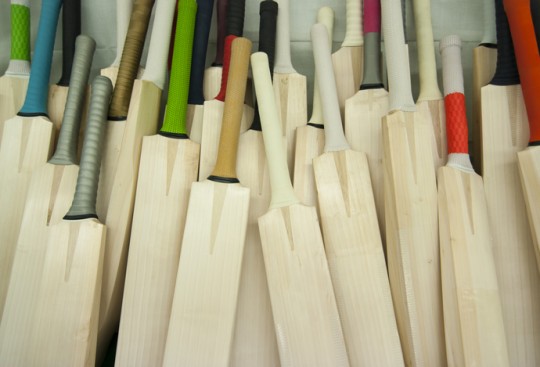
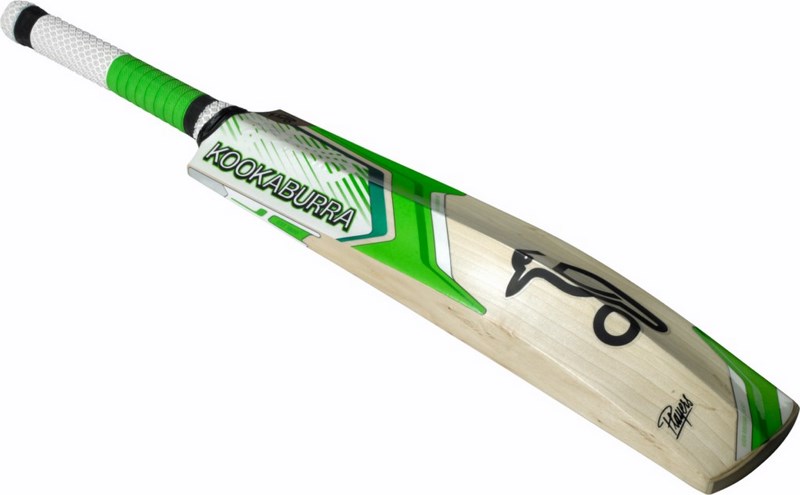
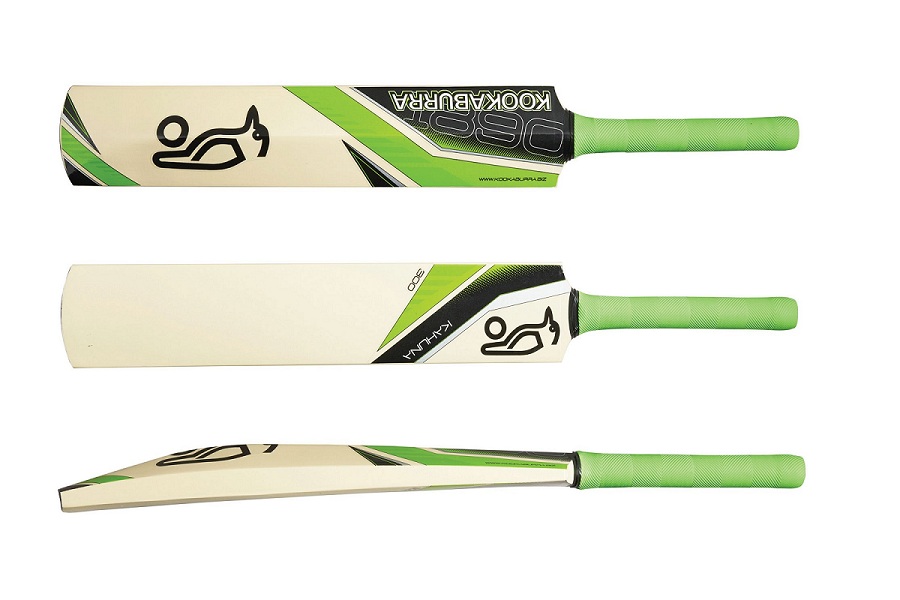
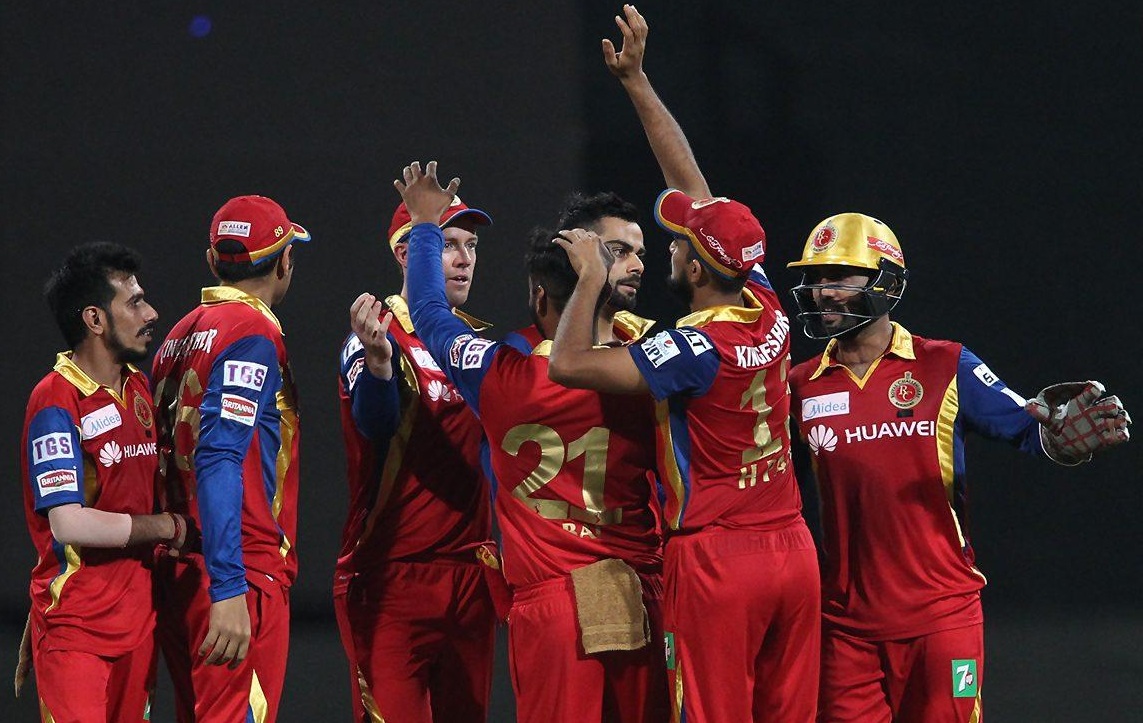


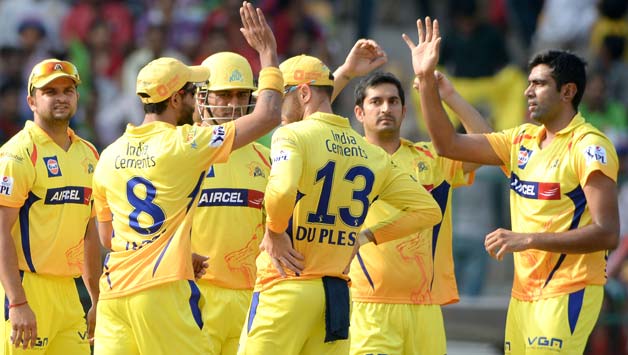
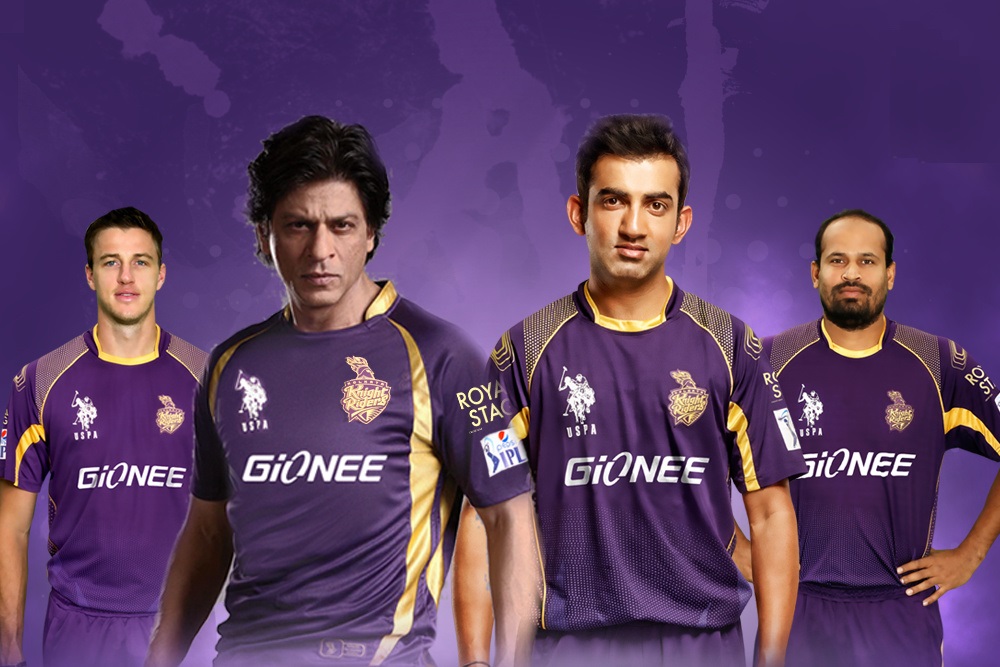
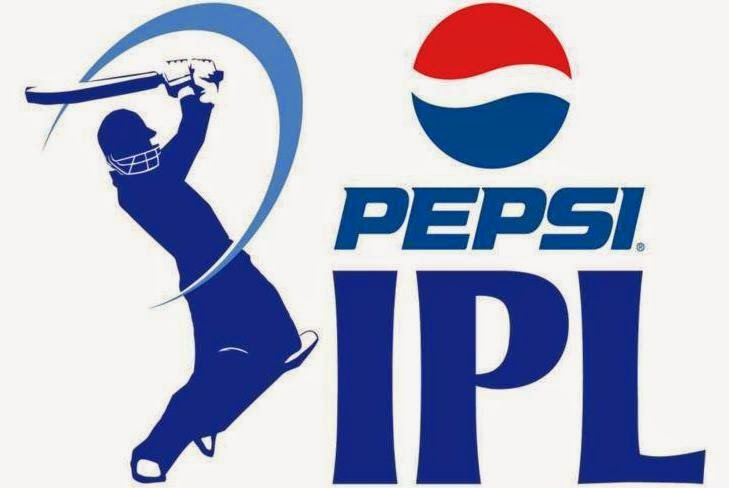
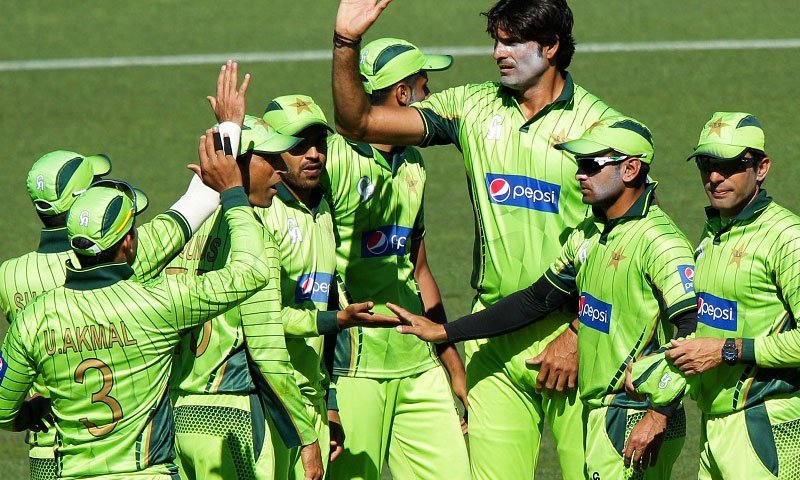
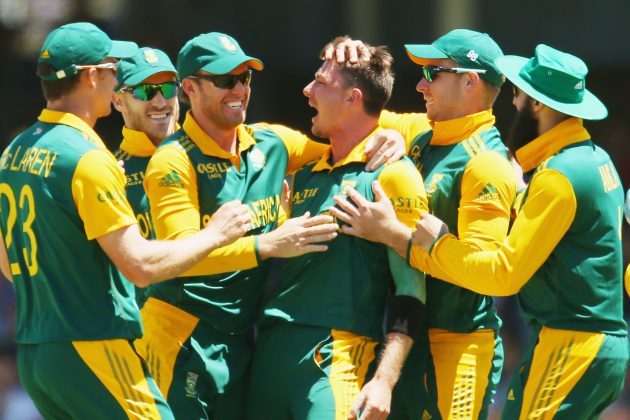
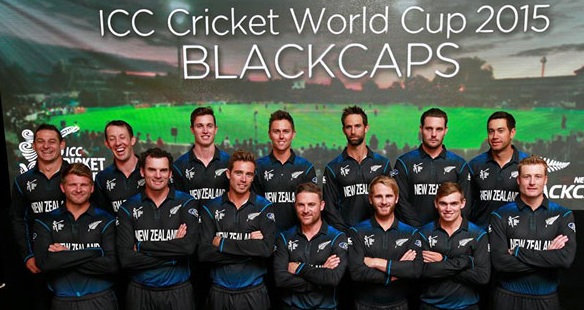
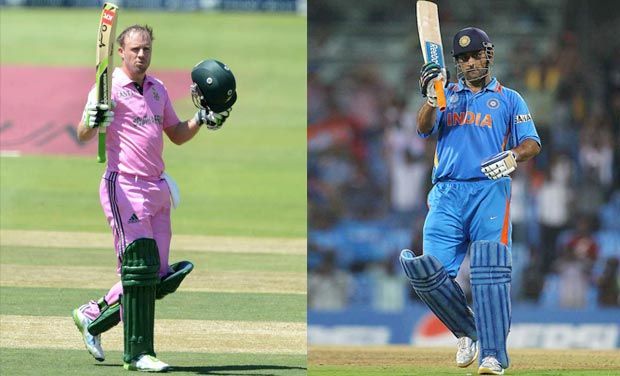
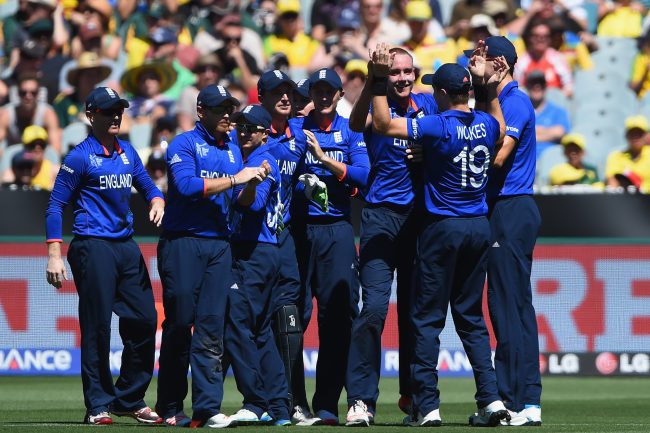

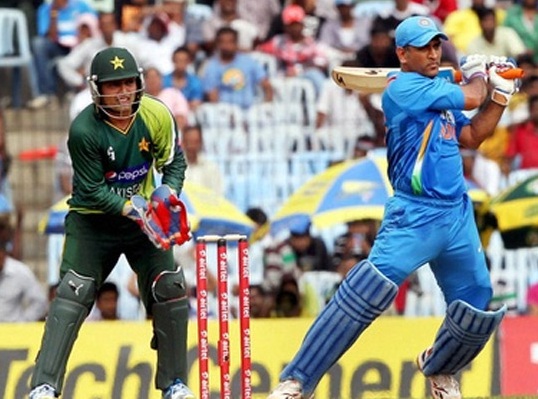
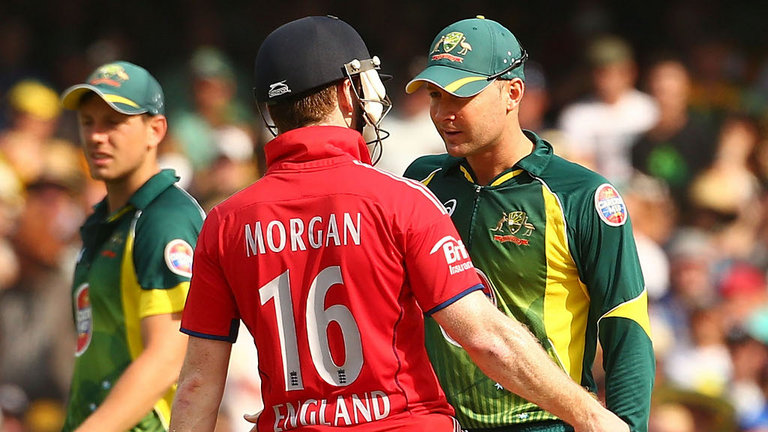
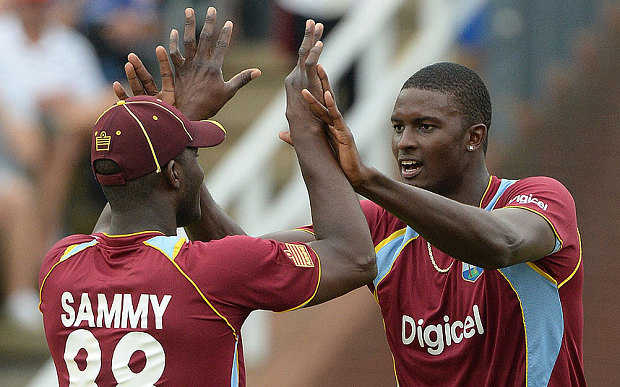
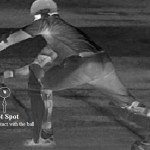
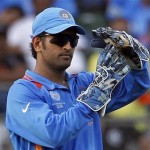
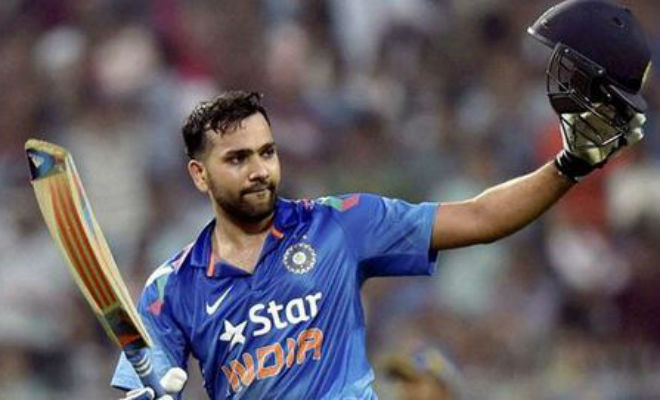
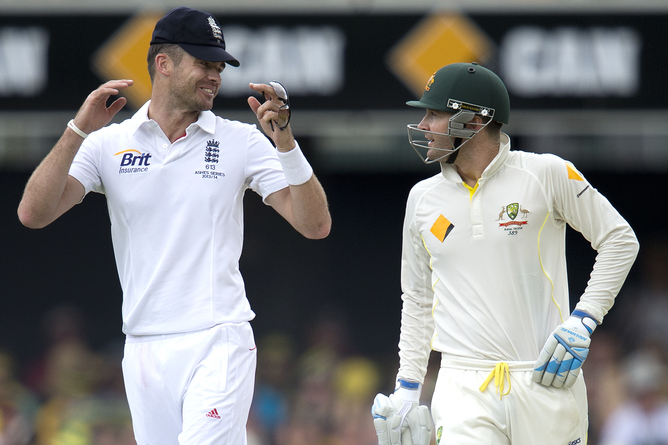
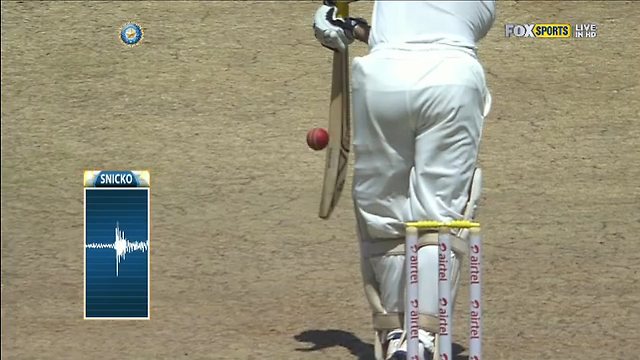
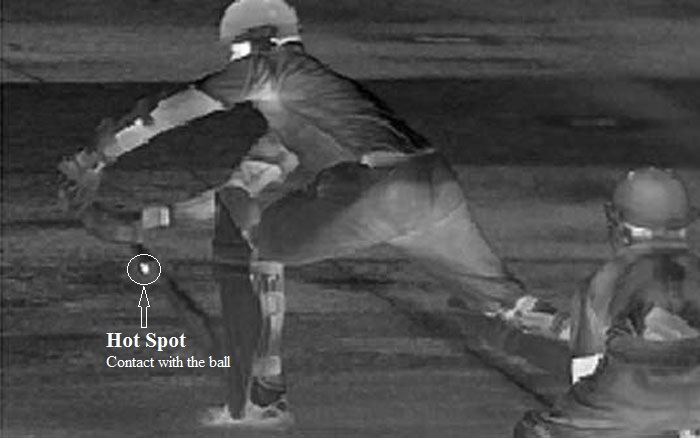
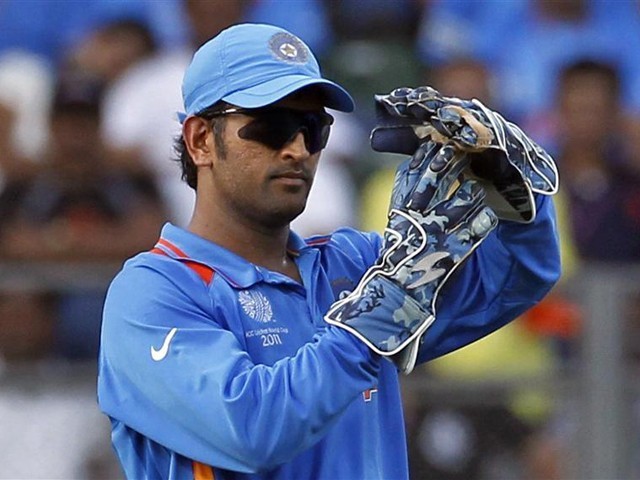
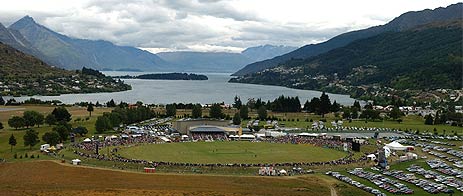

Connect with us